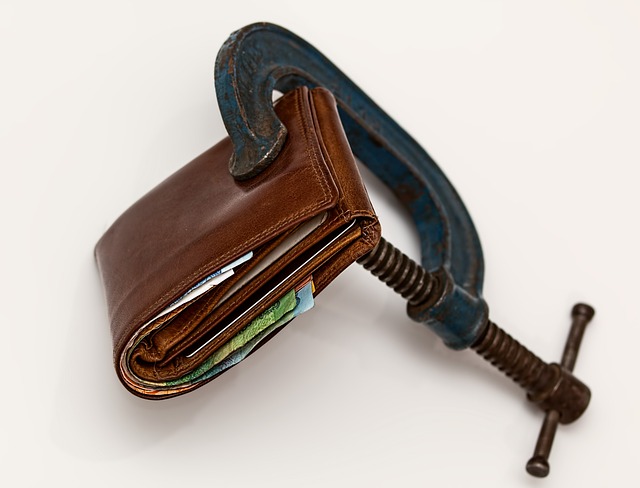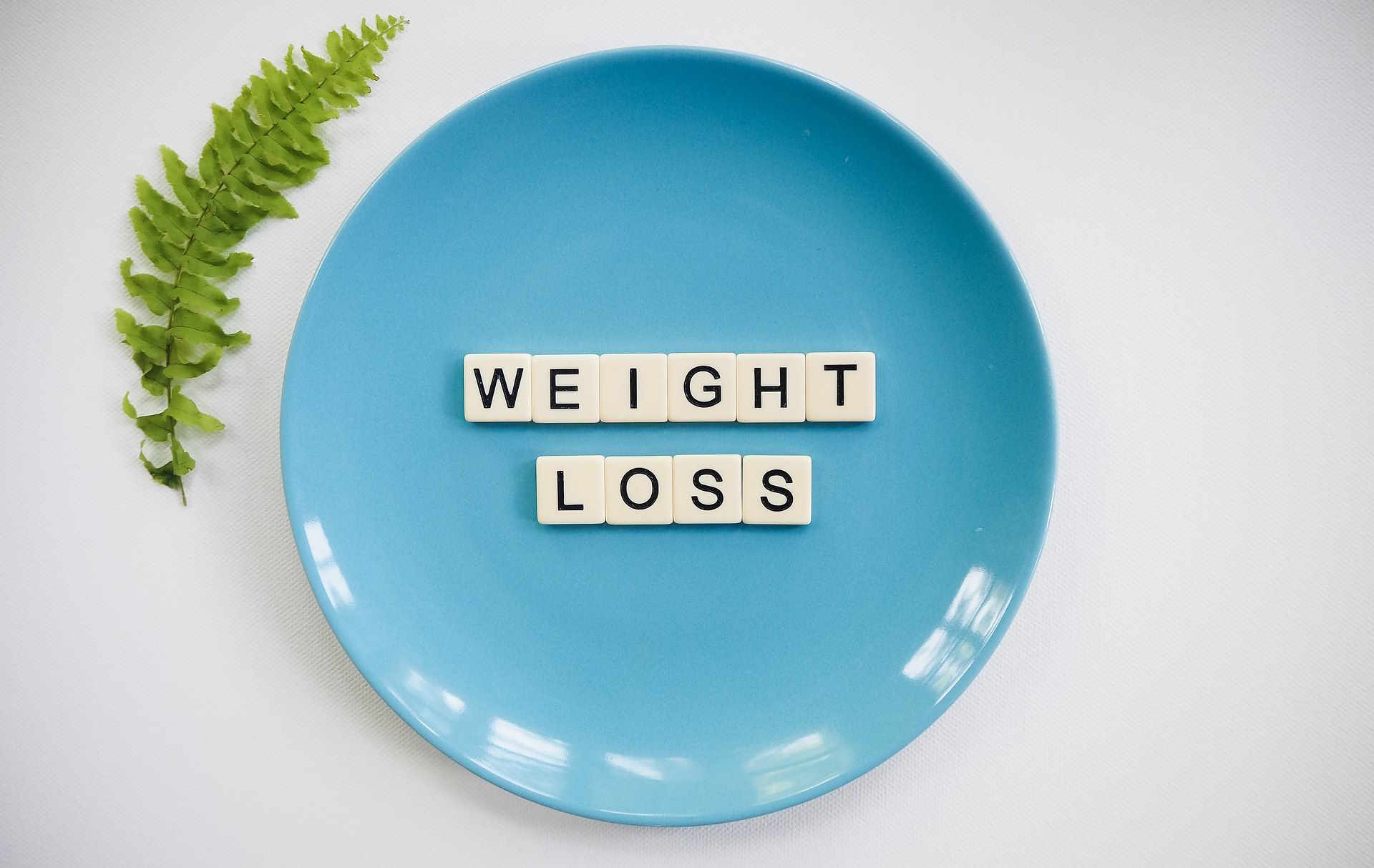Practical Debt Relief: Strategies to Restore Financial Control
Debt relief is a structured approach to reducing or managing the obligations you owe so that you can regain stability and move toward healthier finances. Whether your balance comes from credit card accounts, personal loans, medical bills, or other obligations, effective debt relief combines clear prioritization, realistic budgeting, and choosing the right remedies for your situation. This article explains common options and practical steps to lower monthly payments, reduce interest, and create a plan that helps you rebuild credit and financial confidence.

What is debt and how does it work?
Debt is an obligation to repay borrowed money, often including interest and fees. Common forms include credit card balances, personal loans, auto loans, and mortgages. When you miss payments or carry high balances relative to available credit, interest accrues and your credit score can decline. Understanding principal, interest rate, minimum payments, and how accrual compounds is essential; small changes in interest or payment size can significantly alter how long you’ll carry debt and how much you’ll ultimately pay.
How does finance behavior affect debt?
Personal finance choices — spending, saving, and emergency planning — directly affect how debt accumulates and how quickly it can be paid off. Living on autopilot with minimal budgeting makes it easy for credit cards and small loans to snowball. Conversely, building even a modest emergency fund and tracking cash flow helps prevent new debt. Behavioral steps like automating small savings, reducing discretionary expenses, and periodically reviewing recurring charges can stabilize finances and reduce reliance on high-cost borrowing.
Can credit card debt be reduced or managed?
Credit card debt is typically high-interest and can grow quickly if only minimum payments are made. Management strategies include negotiating lower interest rates with issuers, transferring balances to lower-rate cards (watch for fees), consolidating cards with a personal loan, and enrolling in a credit counseling program that offers a debt management plan. Each option has trade-offs: transfers can save interest if paid quickly, while counseling can provide structured payments but may require closing accounts. Evaluate how each option impacts your credit and monthly cash flow.
What loan relief options are available?
Loan relief depends on loan type and your circumstances. Options include refinancing to lower rates or extend terms, consolidating multiple loans into a single payment, requesting forbearance or hardship plans for temporary relief, and negotiating settlements for a reduced lump-sum payoff. Federal student loans and certain government-backed loans may offer specific relief programs; private loans are less standardized. When considering relief, compare total costs over time, the impact on credit reports, and eligibility requirements before choosing a path.
How to handle money to prevent recurring debt?
Long-term prevention centers on money-management habits: create a realistic budget that allocates for essentials, debt reduction, and savings; prioritize high-interest debt; and keep track of irregular expenses. Build a cash cushion to avoid emergency borrowing and consider sinking funds for known future costs. Regularly review bank and credit statements to catch subscription creep and unauthorized charges. Strengthening financial literacy — understanding APR, amortization, and the difference between good and bad debt — empowers better decisions and lowers the chance of repeating past patterns.
Practical steps to start relief now
Begin by listing all debts with balances, interest rates, and monthly minimums. Rank them by priority: either highest interest first (to minimize cost) or smallest balance first (for momentum). Contact creditors to discuss hardship plans or lower rates; many offer temporary relief without formal programs. For complex situations, certified credit counselors can propose a debt management plan and negotiate with creditors on your behalf. If your debt load is unsustainable, legal options like settlement or bankruptcy exist but carry long-term credit consequences and should be considered only after professional advice.
Conclusion
Debt relief is not a single quick fix but a combination of immediate actions and long-term changes — renegotiating terms, consolidating where sensible, steady budgeting, and shifting financial behavior. By understanding the mechanics of debt and exploring options that align with your circumstances, you can design a manageable path to reduce balances, lower costs, and rebuild financial stability.






